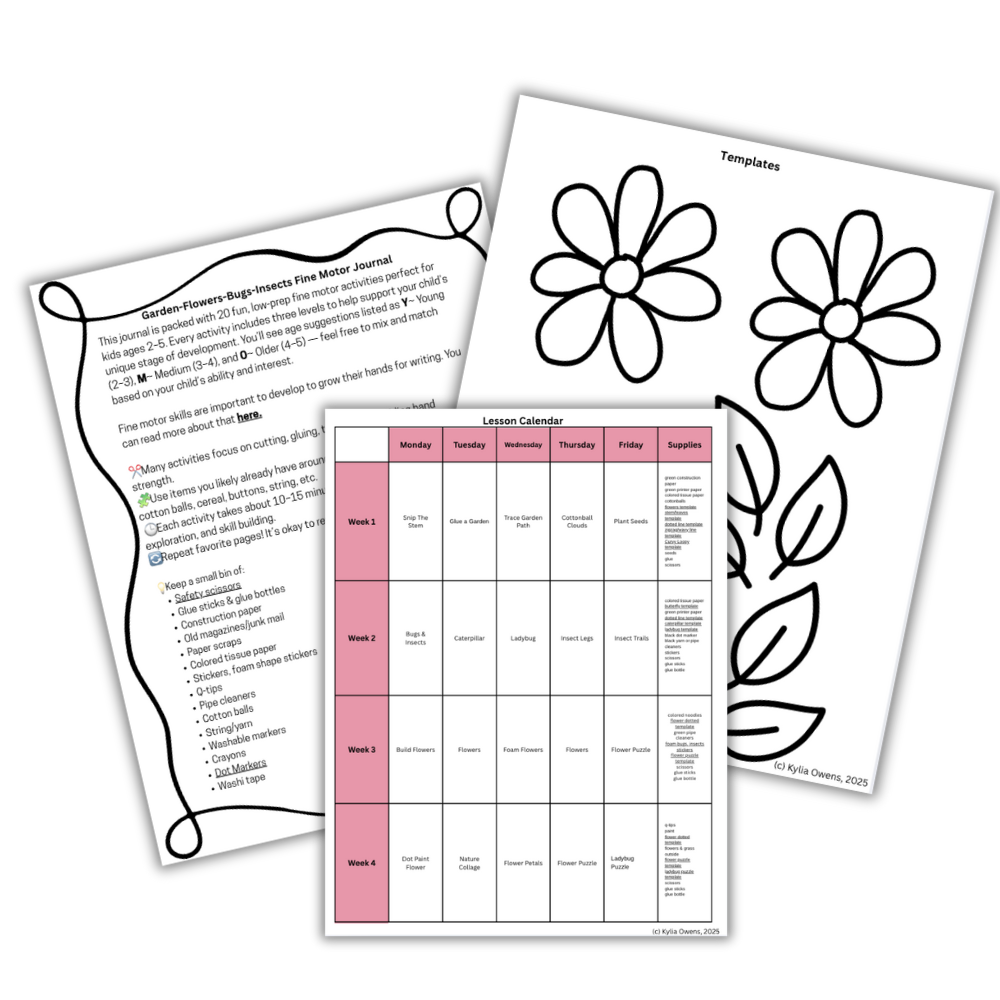This post may contain affiliated links, which means I’ll receive a commission if you purchase through my link, at no extra cost to you. Read the full disclosure statement here.
This blog post is all about fine motor skills activities.
Fine motor skills, what are those anyway, and why are they so important? Well, have you ever watched a kid struggle to button their jeans or zip their coat? Those little muscles in their little hands are what help them accomplish these tasks.
We can build their small hands through fine motor skills activities, which is imperative to have before they can write or use scissors.
In this post, I'm breaking down exactly how to do that!
FINE MOTOR SKILLS ACTIVITIES
What Are Fine Motor Skills
Fine motor skills are what help children button their jackets, tie their shoes, use scissors properly, and write their names. To reach this level, they need to first build their fine motor skills through various fine motor activities.
What Activities Support Fine Motor Skills
The true growth comes with repetitive and intentional use of the small hands and fingers. Believe it or not, many of the daily tasks your toddler is already doing are building their fine motor! Does it take longer if you let the child do the task themselves, YES, but that's how they grow, so take a step back, a deep breath, and watch in awe.
Other tasks have to be intentionally thought out and planned for them to continue building those fine motor skills.
- Grasping & Pinching: Using children's tweezers to pick up pom-poms, picking up small erasers, picking up seeds, peeling stickers, pinching and playing with play-dough.
- Cutting & Snipping: Cutting straight, curved, and zig-zagged lines, ripping paper, crumbling paper, snipping paper, yarn, or ribbon.
- Drawing & Coloring & Tracing: Scribble is important! Coloring simple lines and pages. Tracing shapes, simple pictures, numbers, letters, lines, and their name.
- Sensory Play: Play-dough with tools, kinetic sand, rice, beans, with scoops, tweezers, bowls, and spoons.
- Building Manipulatives: Lacing yarn with noodles, building with blocks or magna-tiles, puzzles, and connecting pieces toys.
- Everyday Life Tasks: Opening toothpaste, closing toothpaste, opening markers, putting the marker lid on, buttoning clothes, zipping coat, buckling, and opening containers.
Fine Motor Skills Worksheet
When I first became a teacher, I went to the internet to find ways to build those little hands. I came across fine motor journals through Pocket of Preschool. I loved the concept and idea of having intentional daily fine motor activities kept in one place, a journal.
The part I hated was coming up with ideas to complete five days a week in those journals! Who has time to come up with fine motor activities for five days a week, prep them, do lesson planning, meal planning, run a business, and home?
I thought if I was having this stress, other early childhood educators and homeschool mamas have to be going through the same thing!
That's when I came up with the idea to make my own fine motor skills worksheet! I've mapped out 20 fine motor activities for each theme I teach. They come complete with linked lesson plans, templates, supply list, detailed instructions, and differentiation for three different learner levels, and some example pages completed!
Grab a sneak peek of the lessons, templates, and instructions below!


This blog post was all about fine motor skills activities.
Related posts:
11 Engaging Stem Activities For Toddlers
Cheap & Easy Outdoor Activities For 3-5 Year Olds
Managing All The Ages, All Day Long: My Real Life Daycare Schedule
